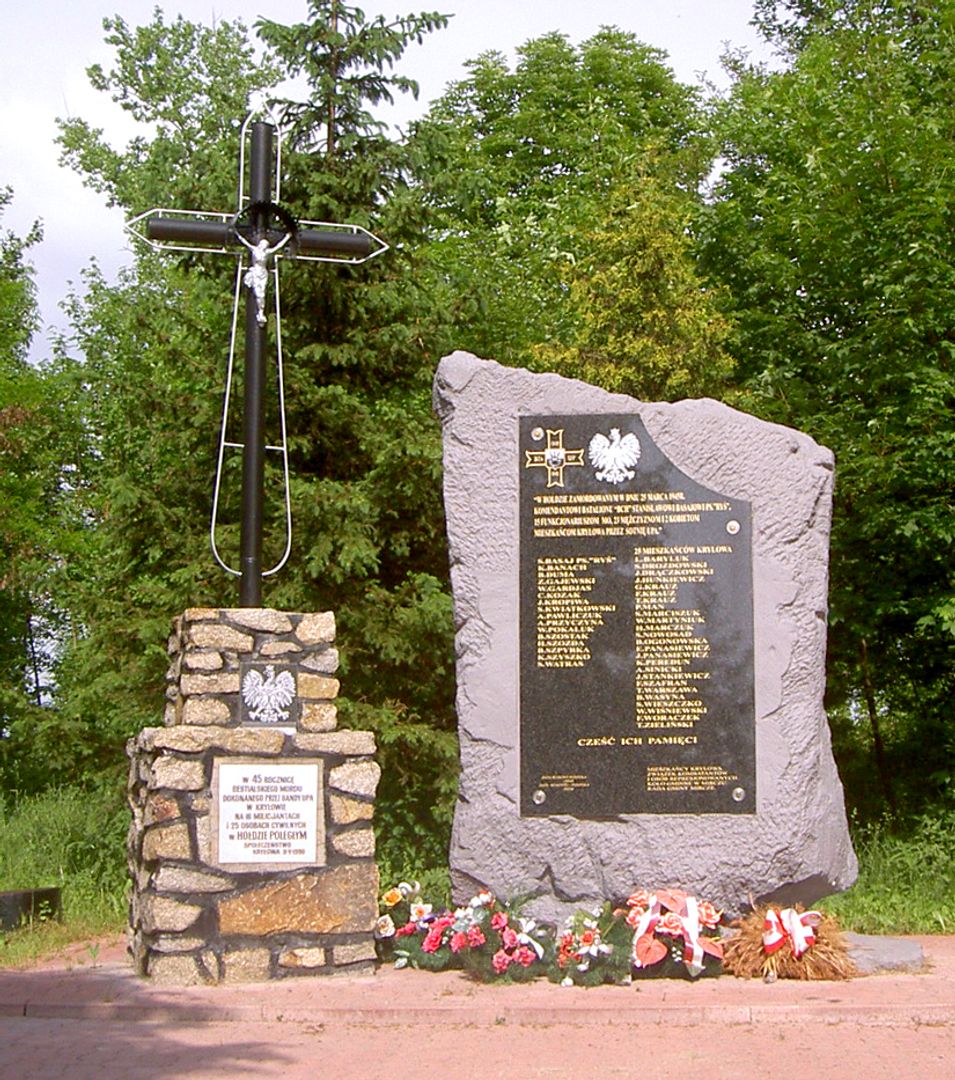Kryłów
6.3

Overview
Kryłów is a village in the Lublin Voivodeship, situated on the Bug River, with a rich history dating back to the 10th century, when a stronghold associated with the Cherven Towns existed here. The village was granted town rights in 1523 by Mikołaj Tęczyński, who began the construction of a brick castle, later known as the Ostroróg Castle. In the 16th and 17th centuries, Kryłów was an important center with a Calvinist church and a Catholic church built in 1635. The castle, destroyed several times by Swedes and Cossacks, fell into ruin by the end of the 18th century. Among the monuments of Kryłów are also a Neo-Gothic church from 1859, whose Baroque altar houses the famous image of Our Lady of Loreto, renowned for its graces, as well as the remains of the Reformati monastery. Kryłów was home to a large Jewish community, which was almost completely destroyed during the Holocaust. After World War II, Kryłów had only 300 inhabitants, and today it is a village with rich traditions, where the European Days of Good Neighborliness are held, promoting cooperation between Poland and Ukraine. The village is also the seat of the Parish of the Nativity of the Blessed Virgin Mary and holds significant cultural importance, with preserved traditions and interesting events, such as performances by famous bands at local festivals. Kryłów is also a place where several tourist trails pass through, making it attractive to tourists. It is worth noting the rich architectural resources, including the castle, the palace gate, and the church, as well as unique sculptures, such as the figure of St. Nicholas, and interesting facts related to its history, including research conducted by the Institute of National Remembrance in connection with tragic events from the World War II period. Despite its small size, Kryłów is a place with extraordinary cultural and historical heritage.
Location
2025 Wizytor | All Rights Reserved